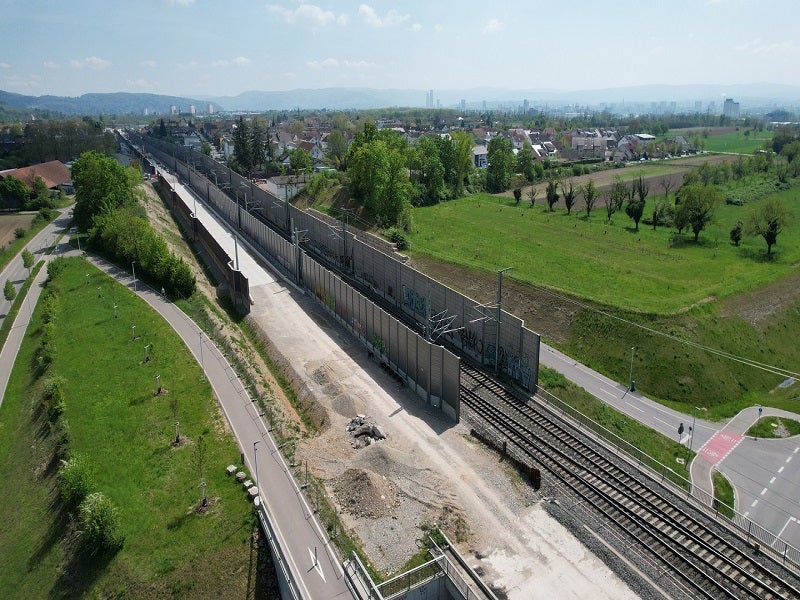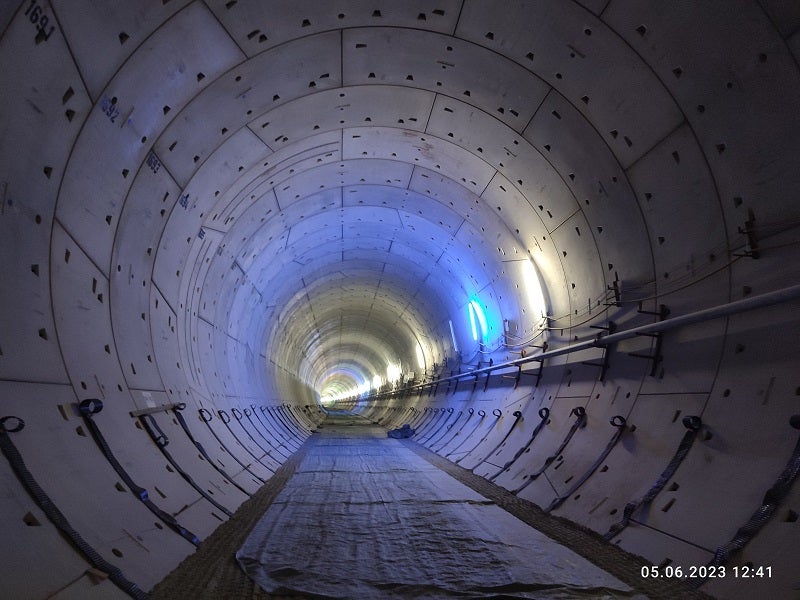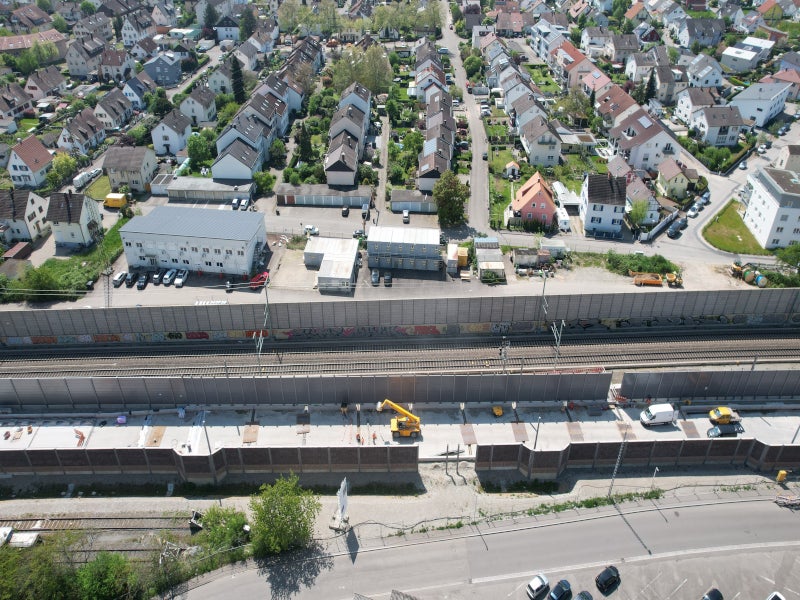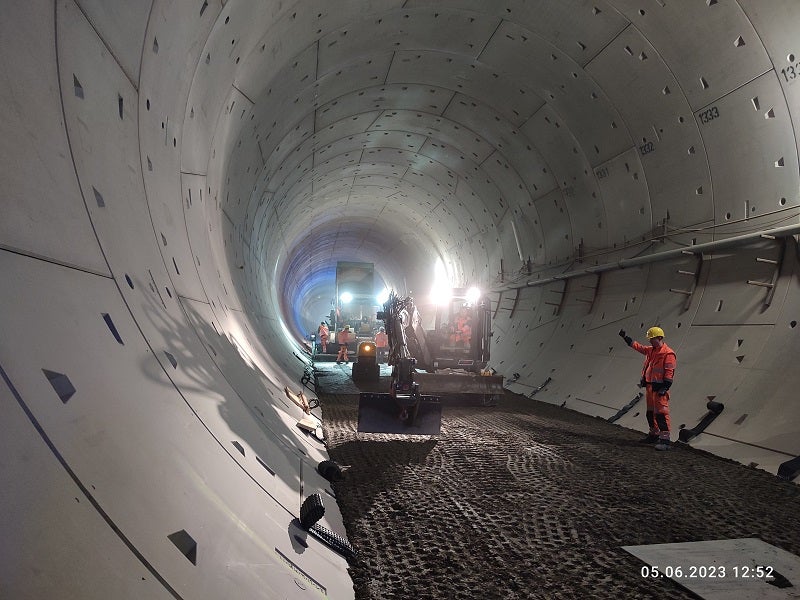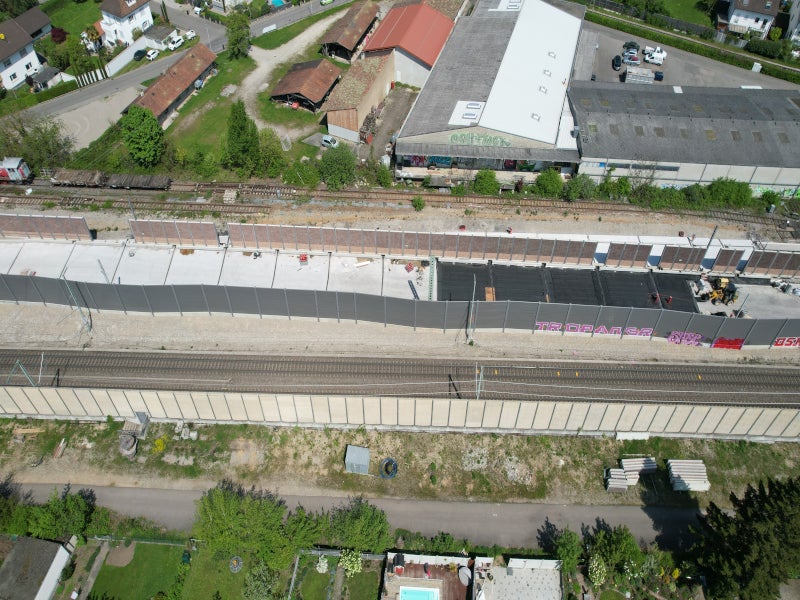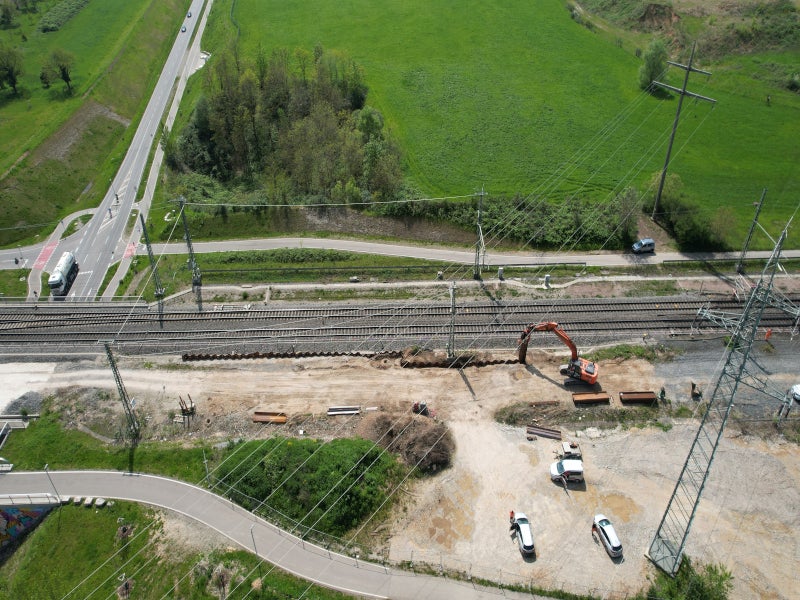The Karlsruhe-Basel railway line, also known as the Rhine Valley line, is one of the oldest and most significant railway lines in Germany. It is being expanded and upgraded to accommodate growing long-distance and freight traffic and clear bottlenecks.
Railway company Deutsche Bahn is developing the project, which will expand the railway line to include four tracks along with upgraded infrastructure.
The project is being carried out under the Federal Railways’ network expansion programme and is part of the European infrastructure plan.
Expected to be completed in 2045, it is estimated to cost €14.2bn ($16bn).
The Karlsruhe-Basel railway line location
The Karlsruhe-Basel railway line runs between Karlsruhe in Germany and Basel in Switzerland. It is a part of the European freight corridor between Rotterdam and Genoa under the Trans-European Networks.
Project background
The 170-year-old Rhine Valley railway line between Karlsruhe and Basel serves approximately 300 local, long-distance and freight trains a day, which is more than its existing design capacity. Trains in certain sections of the railway line slow down to 70km/h due to its age and outdated design.
The railway line upgrade will improve the speed of trains running on all tracks from 160km/h to between 200km/h and 250km/h. It will help in shifting heavy goods traffic from road to rail.
As a result, it will reduce the travel time between Karlsruhe and Basel from 100 minutes to approximately 70 minutes. In addition, it will enable the separation of slow and fast-moving rail traffic, thereby avoiding train delays.
Karlsruhe-Basel railway line upgrade project details
The Karlsruhe-Basel railway line upgrade includes work on a total of nine sections.
The first section covers 23.4km from Karlsruhe to Rastatt South, while sections two to six cover 42km from Rastatt South to Offenburg and section seven covers 46.5km from Appenweier to Kenzingen. Section eight covers 45.3km from Kenzingen to Mullheim, while section nine covers 31.2km from Muellheim to Basel.
The line upgrade is being designed using Building Information Modelling (BIM). It also features the latest technology, such as the European Train Control System, to provide effective operations facilitating cross-border traffic.
The Rastatt and Katzenberg tunnels are being constructed using sonic boom structures to decrease loud sounds when trains enter and exit tunnels.
Karlsruhe-Basel railway line section details
Construction on section one commenced in 2013 and includes the development of the 5km-long Rastatt tunnel. The subsections include Karlsruhe to Bashaide junction, Bashaide to Otigheim and Otigheim to Rastatt South.
Sections two to six have been operational since 2004 and included the modernisation of ten stations and 81 bridges. Two new long-distance tracks were constructed parallel to the existing railway line with an operating speed of 250km/h. In addition, stations at Buhl, Achern, Renchen and Appenweier of the section were upgraded.
The planning for section seven began in 2016. Works include the modernisation of six stations and the construction of the 11km-long Offenburg tunnel, which will be the longest tunnel of the railway line. The section includes subsections from Appenweier to Hohberg and from Hohberg to Kenzingen.
Section eight includes the construction of two double-track lines for freight traffic, two tunnels, including the Menger tunnel and the modernisation of 16 stations. The subsections of this section include Kenzingen to Riegel/Malterdingen, Riegel to March, Freiburg to Schallstadt, Menge Tunnel to Bad Krozingen, Bad Krozingen section, Bad Krozingen to Mullheim and Teningen to Buggingen.
Section nine includes the construction of the 9.3km-long Katzenberg Tunnel, which has been in operation since 2012, apart from new tracks and the modernisation of seven stations. It includes the Muellheim-Auggen, Schliengen-Eimeldingen, Haltingen-Weil am Rhein and Basel sections.
The project also includes the construction of five signal boxes, 340 bridge structures, 112 road and railway overpasses and 35 new renovation breakpoints, apart from retaining walls, noise barriers, culverts and other junction structures.
Funding
The European Union provided $338.9m in funding for the project under the Connecting Europe Facility funding programme.
Contractors involved
Engineering services provider KREBS+KIEFER is providing noise-related investigations and industrial vibration protection for the project.
Engineering company ZPP Ingenieure provides planning and design work services using BIM.
WSP, an engineering and consulting corporation, offered planning services related to general technical equipment planning.
Engineering company SSF provided the design of the ballastless track for the Katzenberg tunnel.
Software company ProVI offered basic evaluation, overall planning, preplanning, design planning and approval planning services for the Appenweier-Hohberg section.
Planning company OBERMEYER is creating a BIM inventory model and planning for the project.
A joint venture of construction companies Wayss & Freytag IngenieurbauEd. Zublin, Marti Tunnelbau and Jager Bau was responsible for the construction of the Katzenberg tunnel.
PINTSCH, a manufacturer of railway safety products, supplied electric point heating systems for the line upgrade.

